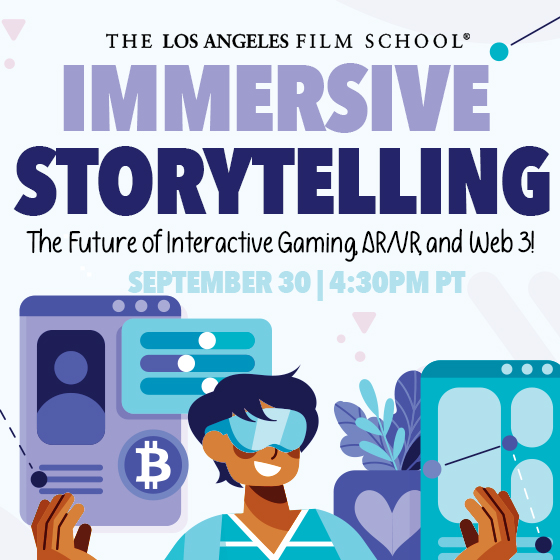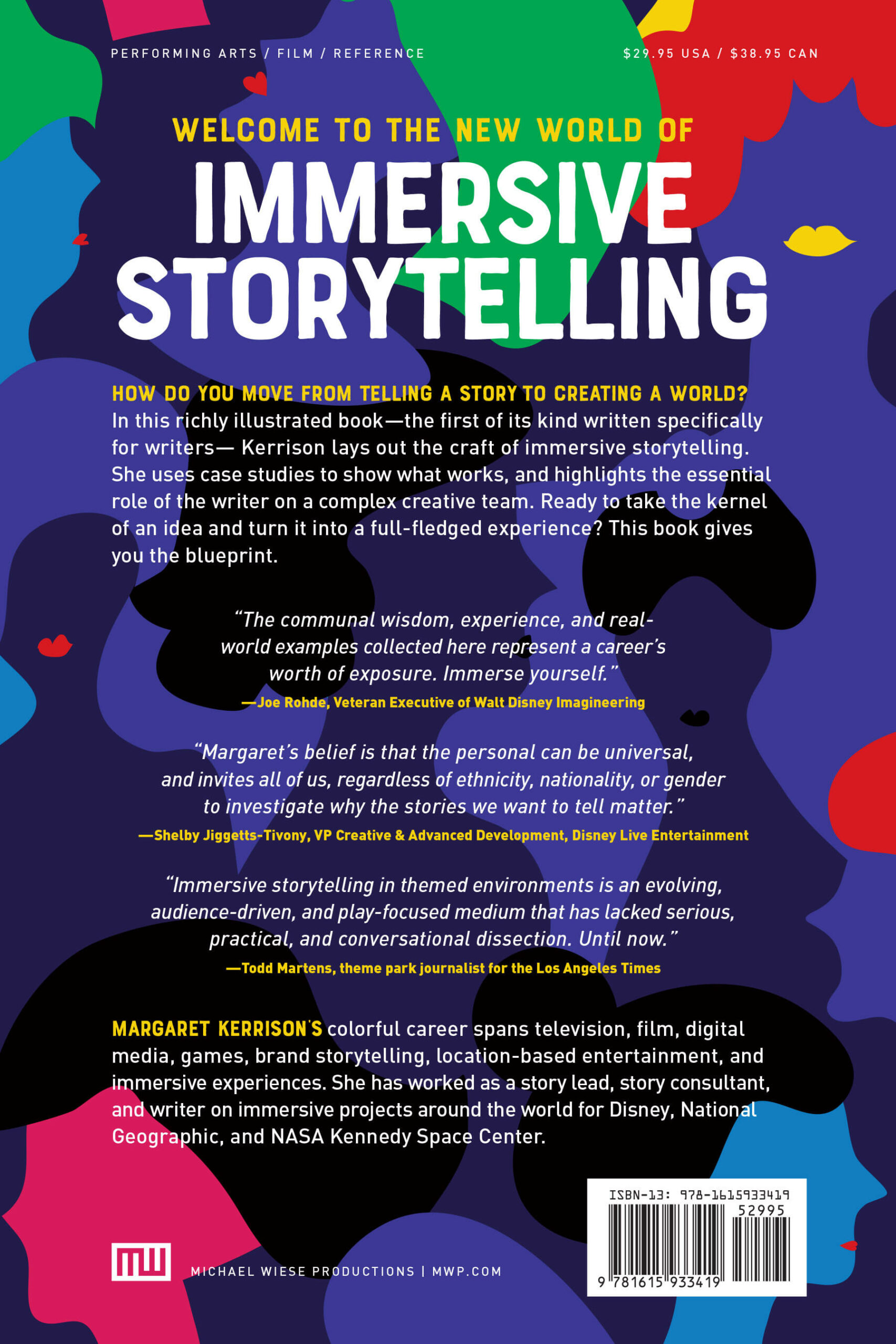The New York Times Online Games In 2025: A Journey Into Immersive Storytelling And Interactive Experiences
The New York Times Online Games in 2025: A Journey into Immersive Storytelling and Interactive Experiences
Related Articles: The New York Times Online Games in 2025: A Journey into Immersive Storytelling and Interactive Experiences
Introduction
With enthusiasm, let’s navigate through the intriguing topic related to The New York Times Online Games in 2025: A Journey into Immersive Storytelling and Interactive Experiences. Let’s weave interesting information and offer fresh perspectives to the readers.
Table of Content
The New York Times Online Games in 2025: A Journey into Immersive Storytelling and Interactive Experiences

The New York Times, renowned for its journalistic integrity and insightful reporting, has consistently pushed the boundaries of digital media. In 2025, this commitment to innovation is further exemplified through its online games, which transcend the traditional notion of entertainment to become immersive narratives, thought-provoking simulations, and interactive educational tools.
A Shift in Paradigm: From Passive Consumption to Active Engagement
The New York Times online games are not mere distractions; they are carefully crafted experiences designed to engage readers on a deeper level. By leveraging cutting-edge technology and storytelling techniques, these games transform complex issues, historical events, and scientific discoveries into interactive narratives that resonate with audiences on a personal level.
Beyond Entertainment: The Educational and Societal Impact of Games
The games are meticulously designed to be both engaging and informative. They serve as platforms for learning, fostering critical thinking, and promoting empathy. Players are challenged to navigate complex scenarios, make choices with consequences, and grapple with ethical dilemmas, all while acquiring knowledge and developing skills.
Examples of the New York Times Online Games in 2025:
1. "The Climate Crisis: A Global Simulation": This interactive simulation places players in the role of world leaders tasked with addressing the climate crisis. Players must navigate political complexities, economic pressures, and societal demands while striving to implement sustainable solutions. The game offers a nuanced understanding of the multifaceted challenges of climate change and encourages players to consider their own role in addressing the issue.
2. "The Civil Rights Movement: A Journey of Resistance": This immersive narrative transports players to the heart of the American Civil Rights Movement. Players experience the struggles, triumphs, and sacrifices of activists through interactive storytelling, historical documents, and firsthand accounts. The game fosters empathy and understanding of a crucial period in American history, encouraging reflection on the ongoing fight for equality and justice.
3. "The Human Body: A Journey of Discovery": This interactive exploration delves into the intricacies of the human body, offering a captivating and educational experience. Players navigate a virtual anatomical model, exploring cells, organs, and systems while learning about their functions and interconnectedness. The game serves as a powerful tool for science education, making complex biological concepts accessible and engaging for a wide audience.
4. "The Future of Work: A Simulation of the Gig Economy": This thought-provoking simulation places players in the role of gig workers navigating the complexities of the evolving job market. Players must balance competing demands, manage finances, and make choices that impact their well-being in a rapidly changing economic landscape. The game encourages critical reflection on the future of work and the challenges faced by individuals in a globalized and technologically driven society.
5. "The Power of Storytelling: A Collaborative Narrative Experience": This innovative game challenges players to collaborate in crafting a collective narrative. Players contribute their own ideas, perspectives, and experiences, weaving them into a shared story that evolves and transforms with each contribution. The game promotes creative expression, collaboration, and a deeper understanding of the power of storytelling in shaping our understanding of the world.
FAQs: Addressing Common Queries about the New York Times Online Games
Q: Are these games free to play?
A: The New York Times offers a variety of subscription models, including access to its online games. Some games may be available for a limited time or as part of specific promotions.
Q: What age groups are these games designed for?
A: The New York Times online games cater to a wide range of ages and interests. While some games are designed for younger audiences, others delve into complex themes and require advanced critical thinking skills.
Q: How do these games promote literacy and critical thinking?
A: The New York Times online games are designed to engage readers on multiple levels. They incorporate interactive storytelling, data visualization, and thought-provoking challenges, encouraging players to analyze information, draw conclusions, and develop critical thinking skills.
Q: How are these games used in educational settings?
A: The New York Times online games are increasingly integrated into educational curricula. They provide engaging and interactive learning experiences, complementing traditional classroom instruction and fostering deeper understanding of complex topics.
Q: What are the future directions for the New York Times online games?
A: The New York Times is continually innovating and exploring new ways to leverage technology and storytelling to enhance its online games. Future developments may include augmented reality experiences, virtual reality simulations, and even more sophisticated forms of interactive storytelling.
Tips for Engaging with the New York Times Online Games:
- Explore the range of games: The New York Times offers a diverse portfolio of games covering various themes and genres. Take the time to explore and discover those that resonate with your interests.
- Read the accompanying articles and resources: Many games are accompanied by articles, interviews, and other resources that provide further context and insights into the themes explored.
- Engage with the community: Share your thoughts, experiences, and feedback with other players through online forums, social media platforms, and community discussions.
- Approach the games with an open mind: Be willing to challenge your own assumptions, explore new perspectives, and engage in critical reflection.
- Consider the educational and societal impact: Reflect on how these games can contribute to your own learning, understanding, and engagement with the world around you.
Conclusion: A Vision for Interactive Storytelling and Societal Impact
The New York Times online games are more than just entertainment; they represent a powerful tool for learning, engagement, and social impact. By blending journalistic integrity with cutting-edge technology, these games offer a unique and enriching experience, challenging players to think critically, develop empathy, and engage with the world in new and meaningful ways. As technology continues to evolve, the New York Times online games are poised to become even more immersive, engaging, and impactful, shaping the future of interactive storytelling and digital media.








Closure
Thus, we hope this article has provided valuable insights into The New York Times Online Games in 2025: A Journey into Immersive Storytelling and Interactive Experiences. We hope you find this article informative and beneficial. See you in our next article!